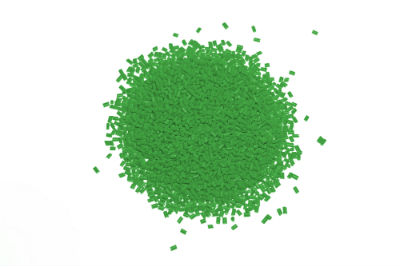Excellent application starts with unique applicators
Foamers done well - Spotlight on SR Packaging
PET The plastic twin of glass
Seduction through decoration
Spotlight on SR Packaging
SR Packaging
SR Packaging controls tube dispensing doses
SRP's toughest pumps!
The rise of PCR plastic
SR Packaging: Spotlight on custom texturing



